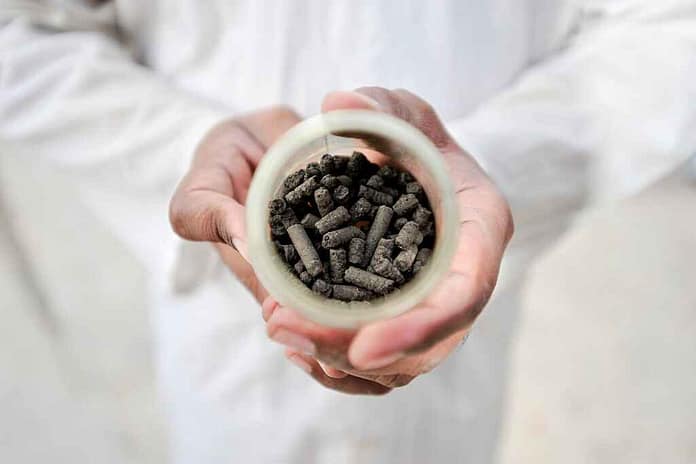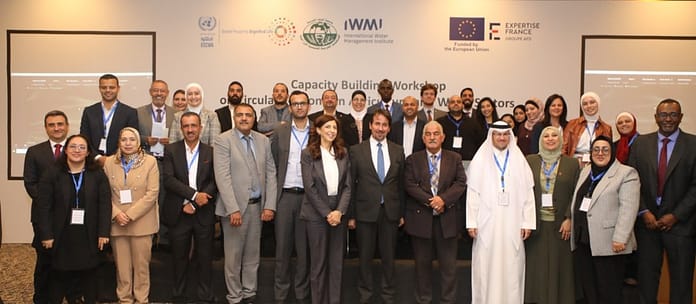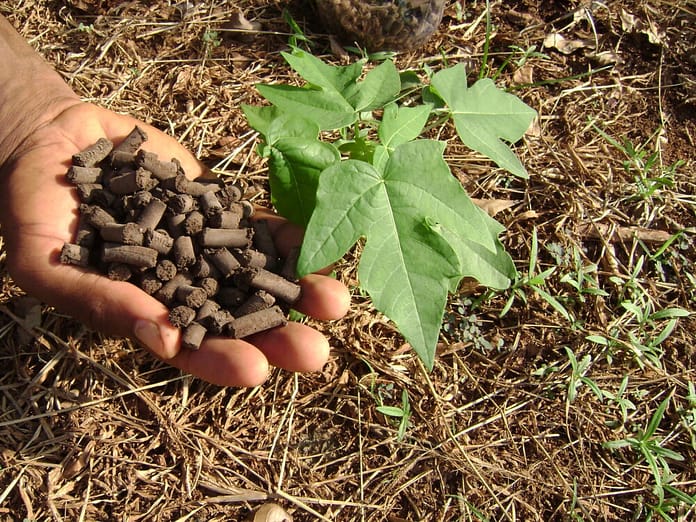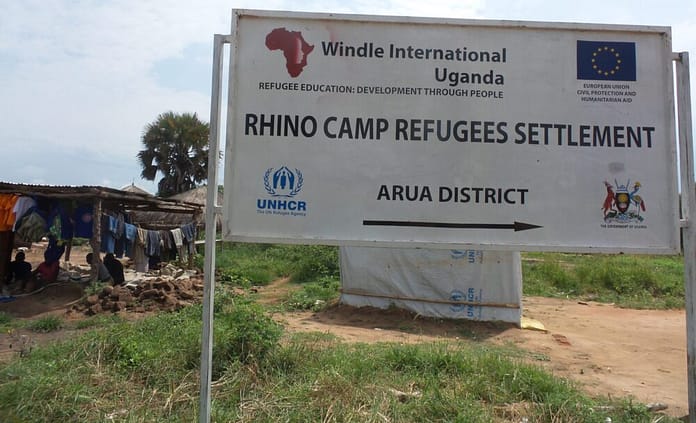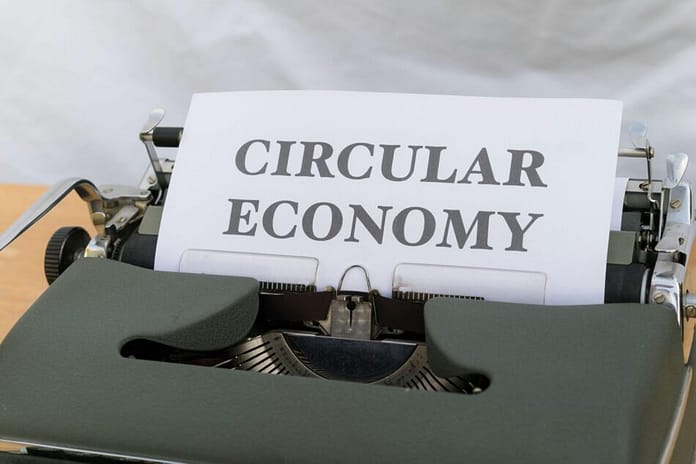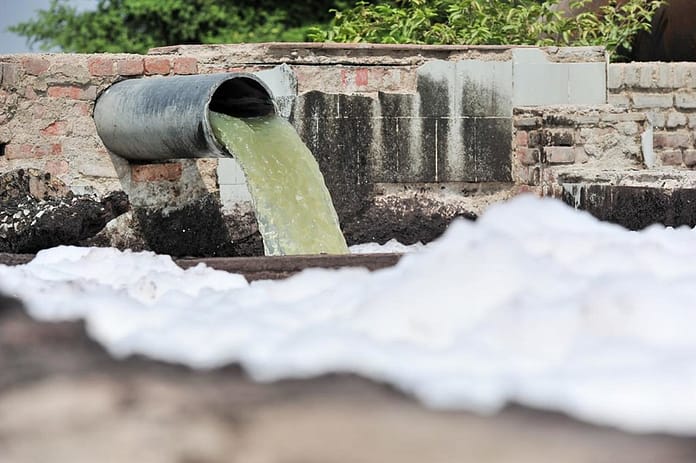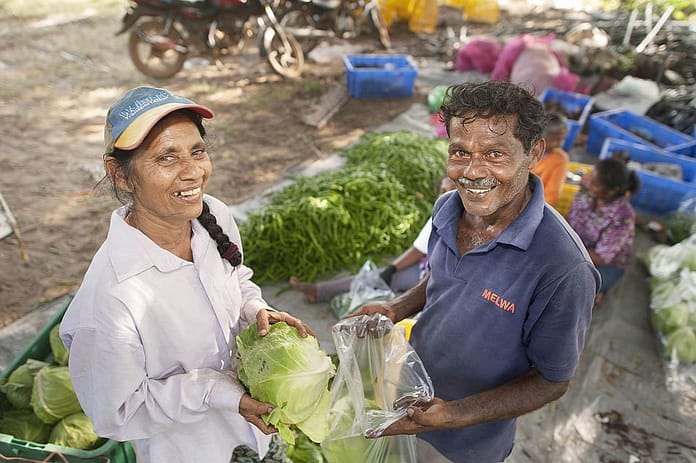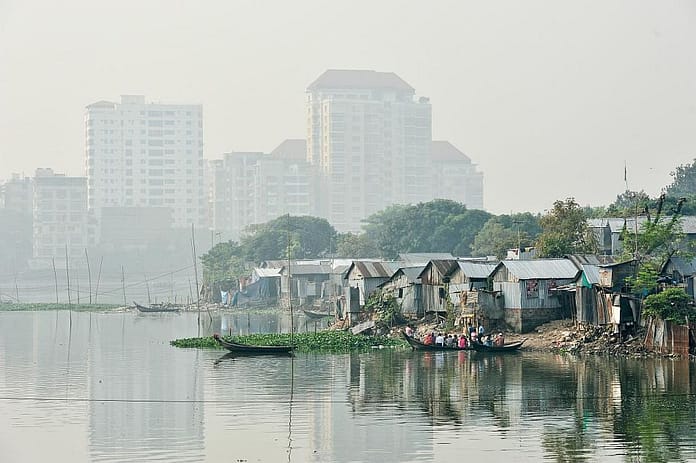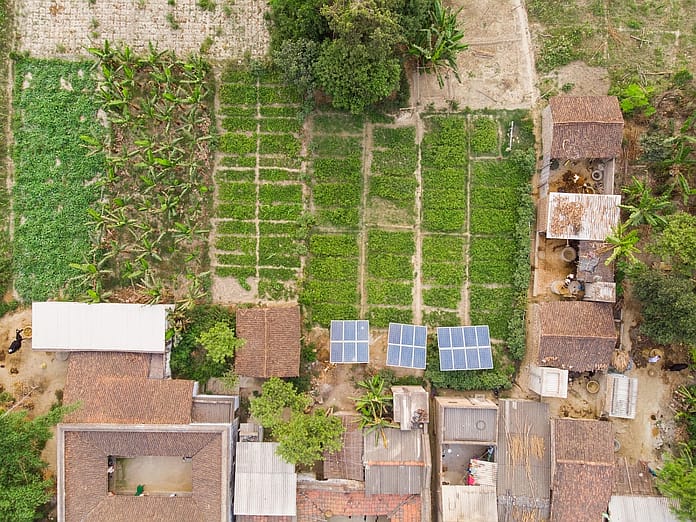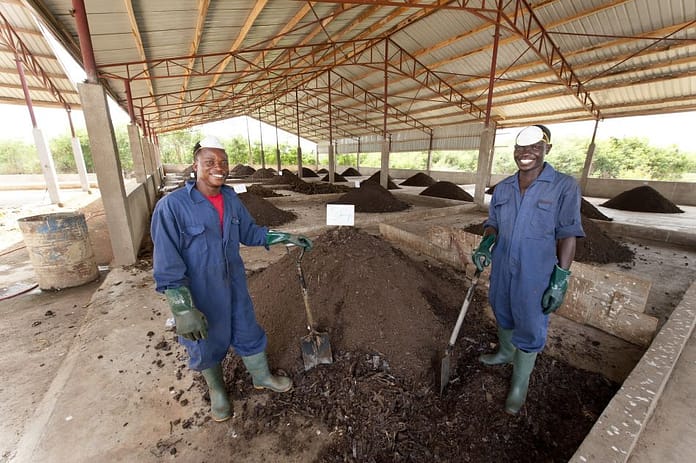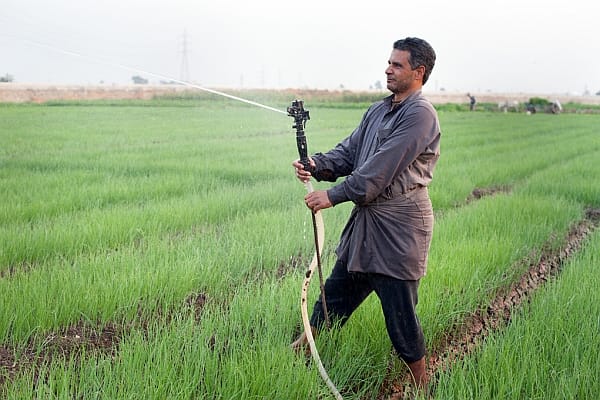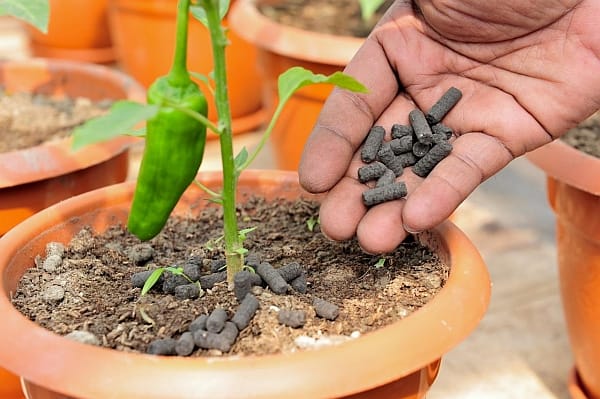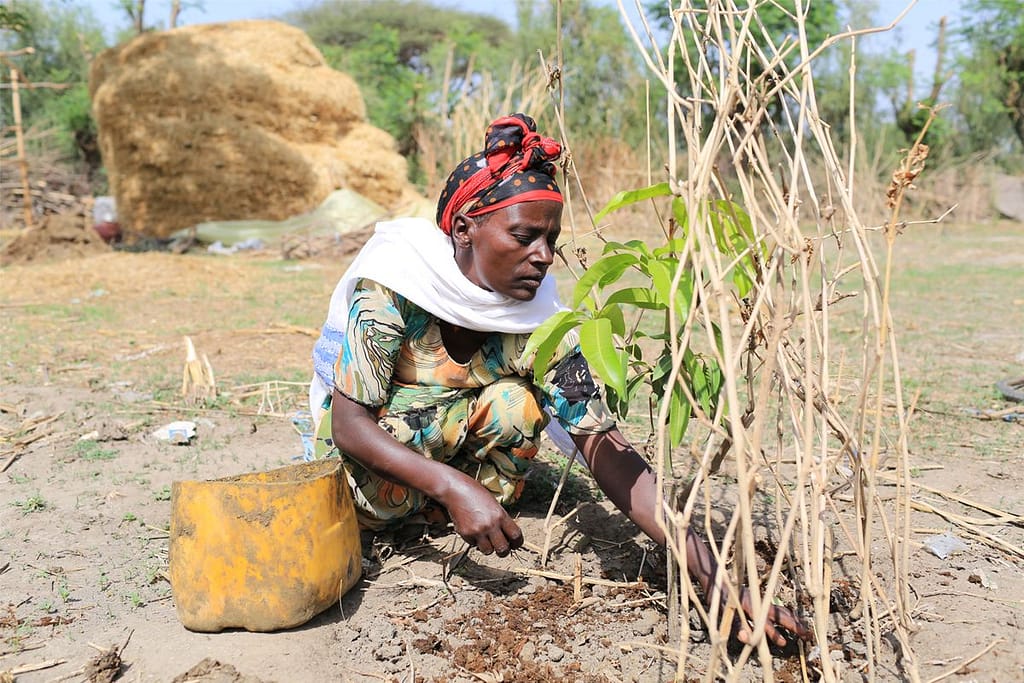
Imagine a village where nothing goes to waste. Even the water from washing dishes or doing laundry is carefully reused to irrigate crops — reducing the strain on precious freshwater resources. Picture a utopia where urban families don’t just throw away things — they separate organic leftovers for composting or recovery. Here, compost bins are a common sight, transforming biodegradable waste into natural fertilizer. This not only enhances crop yields but also reduces the need for chemical fertilizers, helping to keep local waterways clean and safe.
This is what circular bioeconomy is, and Ethiopia — while in its initial stages — is demonstrating a promising foundation that can be scaled nationwide.
The country is undergoing rapid urbanization, with its population projected to surpass 213 million by 2050. As its population grows, so does the volume of waste, the strain on the environment and the mounting pressure on natural resources like water, which is increasingly threatened by pollution and unequal access.
The circular bioeconomy model can contribute to Ethiopia’s efforts to address some of its socioeconomic challenges related to poor sanitation, disease burden and high unemployment.
Agriculture provides jobs for over 80% of the population in Ethiopia and adopting circular practices is already yielding multiple benefits in some areas. Instead of throwing away waste from farm animals or leftover plants after harvesting, farmers naturally process these through composting — a common practice in the country — to create natural fertilizers that improve soil health and crop growth, ultimately reducing water pollution caused by chemical runoff.
The Reppie waste-to-energy plant in Addis Ababa is another compelling example. The plant aims to process approximately 1,400 tons of municipal solid waste daily and generate up to 185 gigawatt-hours (GWh) of electricity annually for the national grid — enough to power approximately 230,000 homes each year.
Urban waste management is another sector where such practices can make a big difference. Addis Ababa alone generates over 2,600 tons of waste daily. Only about 5% of this waste is recycled and another 5% composted. The vast majority ends up in landfills or is dumped indiscriminately. This poses risks of contamination to surface and groundwater.
Adopting and scaling up circular bioeconomy approaches can drive Ethiopia’s economic and social development. Targeted investments in composting, recycling and waste-to-energy technologies have great potential to support renewable energy production, green job creation and pollution mitigation.
Efforts to promote these initiatives nationwide are however hindered by deep-seated structural challenges. A multi-pronged approach is required to unlock the full potential of circular solutions.
How can Ethiopia scale up its efforts?
First, increased investment in critical infrastructure is essential. Recycling plants, composting facilities and energy recovery systems must be systematically integrated into urban and industrial planning to enable efficient waste management and resource recovery. The Revitalization of the Amibara Irrigation Scheme — a project spearheaded by the Ministry of Irrigation and Lowlands with technical support from the International Water Management Institute (IWMI) — demonstrates the impact of strategic investments in sustainable water and waste infrastructure where modern technologies like drip irrigation are introduced to improve water efficiency and crop yields. While some of this infrastructure already exists, they are largely concentrated in Addis Ababa. Scaling and expanding projects like the Reppie waste-to-energy plant across Ethiopia’s urban centers will strengthen the national waste management system and help the country protect its natural resources wisely.
Second, scaling up innovative financing models — such as relevant public-private partnerships and green bonds — could help attract and nurture investments in circular bioeconomy initiatives.
Third, policies should be well-coordinated and effectively enforced. In Ethiopia, while policies are in place, weak implementation undermines their effectiveness. Establishing clear regulatory frameworks and strengthening enforcement mechanisms can ensure compliance and encourage active participation from all stakeholders.
Finally, a shift in societal perceptions about waste as a valuable resource rather than a burden is required. Nationwide awareness campaigns, educational initiatives and community engagement programs can help change negative perceptions and foster long-term behavioural shifts toward circular bioeconomy practices.
With the right policies, investments and public support, circular bioeconomy could transform some of Ethiopia’s most significant economic and environmental challenges into opportunities and thereby create a future that protects both people and the planet for generations to come.


